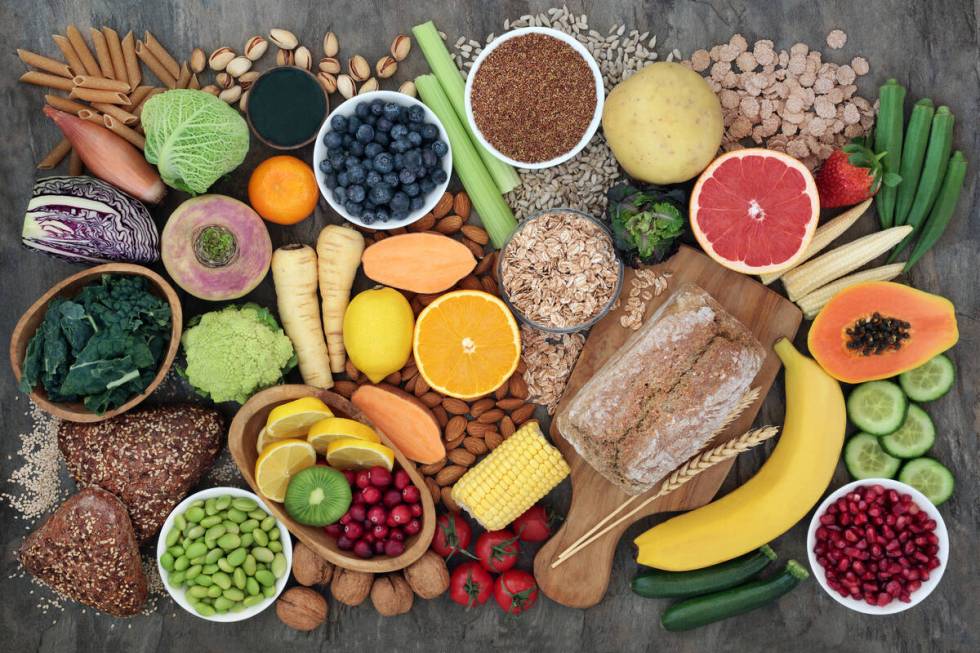What is dietary fiber exactly? It’s not such an easy question

Beta glucan, guar gum, hydroxypropylmethylcellulose. What would you do if saw these listed on a food ingredient label?
If you are of the mind not to buy any food with ingredients you cannot pronounce, you may be surprised that these ingredients are included in the Food and Drug Administration definition of dietary fiber.
What is dietary fiber exactly? That’s not an easy question apparently. According to the International Food Information Council, scientists around the world have not landed on a singular definition. They do agree on a few things, however.
Dietary fiber is found only in plant-based foods. In its various forms, it is a “nondigestible carbohydrate,” meaning that it cannot be digested by the human body. Yet it is considered a nutrient that provides an ever-expanding array of health benefits.
Ever wonder why nutrition experts continue to drill us on the value of eating “whole” foods? Much of that has to do with the dietary fiber contained in intact plants such as vegetables, fruit, nuts, beans, whole grains and cereals. (Hint: Choose a wide variety of fiber-containing foods for best results.)
Research has shown, for instance, that a higher intake of dietary fiber can help lower blood pressure and cholesterol levels. It can help keep blood sugar levels in check. And it may help lower the risk for certain types of cancer such as colon cancer.
Perhaps the most exciting role of fiber is how it affects our gut health. Besides keeping us “regular,” certain types of dietary fiber (aka “prebiotics”) feed the good bacteria in our intestines. These good bacteria help our bodies absorb important nutrients, fight off invading pathogens (bad bacteria) and may even play a role in keeping our weight in check.
How much dietary fiber do we need? According to the Institute of Medicine Food and Nutrition Board (now known as the National Academies of Sciences, Engineering and Medicine), we need about 14 grams of fiber for every 1,000 calories we consume. That figures to about 25 grams a day for women ages 19 to 50. Men in this age category require about 38 grams a day.
If you think that’s easy, take a day and calculate how much dietary fiber you actually consume. An orange or a banana contains about 3 grams, for example. A cup of cooked beans can have as much as 15 grams. You’ll find dietary fiber in grams per serving listed on food labels. Or check out this chart included in the current Dietary Guidelines for Americans: bit.ly/FiberSources.
The best way to get more dietary fiber? Choose more plant-based foods for meals and snacks. Duh. Be sure to increase your fiber gradually over time with plenty of fluids to avoid gut issues, according to the International Food Information Council. And don’t make any severe changes in your diet without checking first with your medical provider.